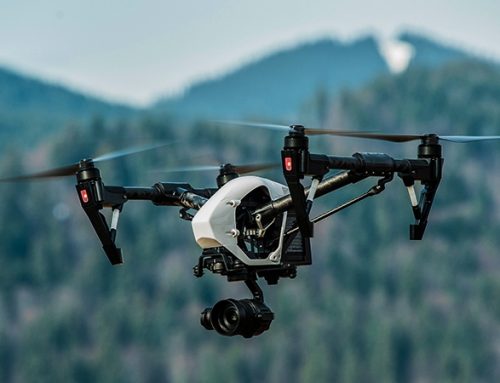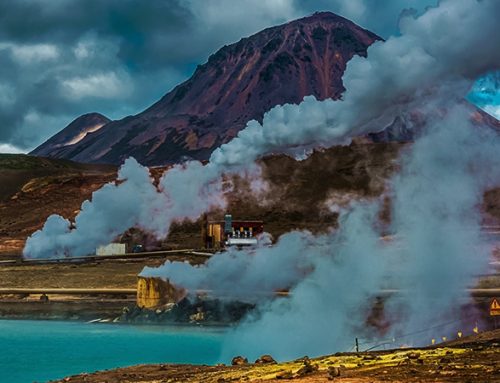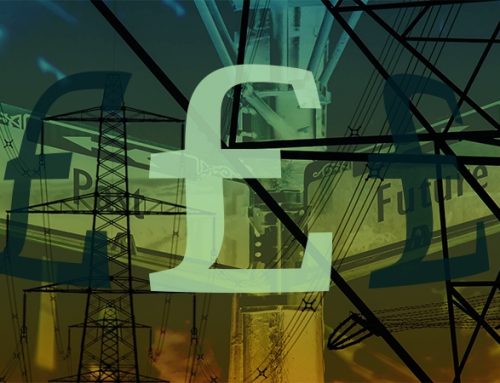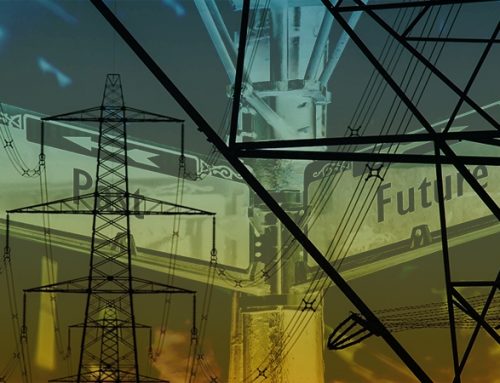The idea of tidal power has fascinated me since I was told (by a tour guide) that the tidal range of the Thames at Tower Bridge was 10 metres. In fact it’s “only” 6.6 metres, but watching the daily rise and fall of the river from the window of my Docklands flat, the sheer, astonishing volume of water involved suggests an energy source ripe for the picking. With its long coastlines abutting energetic seas, the UK seems ideally positioned to exploit this renewable resource, which has the major advantage over solar and wind technologies of being predictable. So what is the current state of play for tidal power and is it likely to deliver on its early promise?
A brief history of tidal energy
Tidal power has been harnessed since Roman times, when tidal mills were created by diverting sea water into large ponds where waterwheels were turned as the tides went in or out. A number of tidal mills dating from the 8th and 9th centuries have been found in Ireland, and a number of tidal mills were recorded in the Domesday Book. The Docklands area of London has been home to mills since Saxon times, with eight mills on the River Lea listed in the Domesday Book.
In researching this post, I discovered that one of these, at Three Mills Island, is the largest tidal mill in the world. The mills at Three Mills were built on a man-made island and were able to operate under of the tidal flow up the Thames Estuary and Bow Creek, as well as the downstream flow. High tide water was essentially trapped behind a sluice and then released at a controlled rate to drive the mill wheel. Historians estimate that in medieval times the mills here probably operated for 3-4 hours per tide. By the early 20th century, engineering advances extended their operation to up to 8 hours per tide. The 18th century House Mill has recently been restored as a working museum.

Medieval mills tended to be for milling grain, in case of Three Mills, for gin production. The first large-scale instance of tidal power for electricity generation was the Rance powerplant in Brittany, France, which was built in 1966. Its 750m long barrage houses 24 turbines with a peak output of 240 MW (average output is 57 MW), and a capacity of around 24%. In 2011 the 250 MW Sihwa Lake power station in Sri Lanka opened, which remains the largest tidal power plant in the world.
Tidal stream generators
Tidal stream generators are analogous to wind turbines as they use moving flows of water to power turbines that generate electricity, however the greater density of water means that much smaller turbines are needed for the same power output. They need to be located in areas with fast currents which occur where natural flows are concentrated between obstructions, for example at the entrances to bays and rivers, around headlands, or between islands or other land masses. Good sites have maximum flow velocities of 4-5 m/s which is about five times faster than non-tidal rivers like the Amazon.
There are currently no commercial tidal stream systems in place anywhere in the world, although various projects are under consideration. The proposed 398 MW Meygen project in the Pentland Firth, Scotland is the largest fully consented tidal stream project in Europe. The first 6 MW should come online later this year, with the full capacity being completed around 2020. The UK is seen as one of the promising tidal stream locations globally with up to 16 GW of estimated capacity, which would deliver a meaningful contribution to overall demand. Elsewhere in Scotland, a further 250 MW of tidal stream generation spread across four projects are progressing through the consenting process.

In Northern Ireland, two 100 MW projects at Fair Head and Torr Head are aiming for completion by 2020, and a 300 MW project is being developed in Aldernay, which would be connected to the French and UK grids by the planned FABLink interconnector. A number of small tidal stream projects are also being developed in France. Canada is another leading tidal power country, with the potential for up to 30 GW capacity. A number of projects are under consideration including the 300 MW Cape Sharp project in Nova Scotia.
Tidal barrages
Tidal barrages use the potential energy from the difference in height between high and low tides. A dam with a sluice is constructed across a tidal inlet, or a section of a tidal estuary creating a reservoir. Turbines are installed in the dam, which generate electricity in a manner similar to traditional hydro dams, usually when the level of water on one side is higher than that on the other.
Flood or ebb tidal barrages generate electricity in only one direction, on either the flood or ebb tide, whereas two-way systems are able to generate under both conditions, however these tend to be less efficient and require more expensive turbines.
There are only a few tidal barrages in operational globally, as they are expensive to build and there are environmental concerns relating to their positioning in marine ecosystems. It is significantly more expensive to construct a dam across the mouth of a river than further upstream due to the greater difficulty of diverting the flow of water during the construction process. The environmental impact presents an even greater challenge as estuaries are sensitive ecosystems that are often spawning grounds for different marine species, or part of migratory paths. Beaches, dunes and nearby wetlands can also be affected by changes to water flows that occur following installation of such a dam.
The largest current tidal barrage is the 250 MW Sihwa Lake power station, however a 1,320 MW facility is currently under construction at Incheon Bay in South Korea, which is due to be commissioned in 2017.

Tidal lagoons
Tidal lagoons are a development of the tidal barrage concept, but do not require a land connection, avoiding many of the most significant environmental concerns of barrage systems. Tidal lagoons are large artificial lagoons designed to trap water at high tide and release it back the sea at low tide. Some designs, such as the proposed Swansea Bay project would involve bi-directional flow.
Swansea Bay benefits from an average tidal range during the spring tides of 8.5 metres, and the project would involve construction of an 11 kilometre lagoon wall protruding from the existing Swansea harbour. The lagoon would contain 16 turbines with a total capacity of 320 MW, capable of operating for 14 hours per day. The overall construction cost is estimated to be £1 billion, and the developers hope to start construction in 2017 following the conclusion of a UK government review into tidal energy which is due to report at the end of 2016.
The project was initially approved in 2015 with a Contract-for-Difference strike price of £168 / MWh over 35 years. More recently, a lower strike price of £96.50 / MWh over 90 years has been agreed.

There are no tidal lagoons in operation to date with the Swansea Bay project expected to be the first.
Riding the wave
Tidal power seems to be developing a certain momentum, with a number of new projects in the pipeline. Despite the size of the Incheon Bay tidal barrage project, the high costs and environmental concerns mean barrage technology is unlikely to be the main driver of tidal energy. A number of tidal stream projects show promise, as does the lagoon concept, although cost remains a challenge. If lagoons can generate income from other marine activities such as watersports or fishing then the economics might become more compelling. There are also various new approaches being explored, such as the “tidal fence” concept pioneered by Oxford University and Kepler Energy. Marine energy has some way to go before its early promise can be realised, but technological developments in the coming years could see it finally emerge as a meaningful contributor to the energy mix.






Leave A Comment